SUMMARY
This is AI generated summarization, which may have errors. For context, always refer to the full article.
![[OPINION] The Bilibid situation: A policy question for presidential aspirants](https://www.rappler.com/tachyon/2021/12/TL-Bilibid-Question-December-4-2021.jpg)
The untoward incidents inside New Bilibid Prison (NBP) can be explosive issues for presidents of the Philippines, and any new incoming president will certainly have to grapple with these issues once they are in office. Being one of the most overcrowded correctional facilities in the world, the issues that often occur inside NBP are usually sensationalized by the media (and social media), creating embarrassment for any sitting president. Issues causing the most controversy usually revolve around the drug trade, the preferential treatment of VIP inmates, gang riots, “big time” prisoners lording over other inmates, and hotel-type amenities, such as jacuzzis, flatscreen televisions, and queen-size beds. This controversy does not only negatively impact the BuCor Director and Secretary of Justice who manage the prisons across the Philippines, but also whoever sits in Malacanang could also be labeled as incompetent and/or implicated as hidden partners in the corruption and malfeasance happening inside the prison.
The NBP problem is multi-faceted, and it takes more than a knee-jerk reaction to overcome it. Restricting the movements of the prisoners and putting them in oppressive lockdowns, and placing police officers to guard the perimeters, such as the Special Action Force (SAF), are interventions that are not sustainable – prisoners simply adapt and discover new ways to challenge or beat the system. Galugad or shakedowns, destroying kubols (cubicles), and transferring gang leaders to far-away facilities may disrupt the operations momentarily, but they resume once a new balance of power emerges in the prison.
The problems of NBP can be summarized as structural, organizational, and cultural in nature. Structurally, the prison is overcrowded, undermanned, and under-resourced. With a population of approximately 28,000 inmates that is inherently criminogenic in nature, it is the biggest mega prison in the world. One prison guard is tasked to supervise as many as 500 inmates, a far cry from the 1:7 ratio mandated by the BuCor Modernization Law. Due to the structural limitations, the organizational capacity of the personnel is compromised, forcing them to utilize indigenous coping practices such as the use of the mayores, trustees, coordinators, kubols, tarima (beds), VIPs, talipapa (market), and pangkat (gang) to co-manage the system. Inmates develop a mechanism to manage their own cells, solve their own conflicts, and address their own problems. This is organizationally helpful in the short run; it keeps the prison from collapse. Overall, though, it has long-term negative repercussions to the management of NBP and other prisons around the country
The more powerful and socially connected inmates can become mayores and VIPs, and enjoy the big kubols and other amenities, which eventually replicate the inequalities and favoritism in Philippine society. Of course, these dynamics breed power struggles among gang leaders, and conflicts with the corrupted prison guards (who are few but nonetheless influential). This can eventually translate into gang wars, drug trade and use, VIP treatment, etc., which are now commonly sensationalized in the media. All of these translate to a cultural dynamic where law-abiding inmates and prison officers are kept to the sidelines, and seldom speak. Speaking out may mean the loss of lives and limbs. Prison officers who dare question the inner workings of corrupt colleagues are easily transferred to distant penal colonies, their retirement benefits threatened, and they could even be charged, ironically, for “corruption.”
Thus, a sustainable reform is the only acceptable solution for the problem in NBP. The structural deficiencies must be addressed by hiring more prison officers, improving the dilapidated facilities, and putting in the necessary operational resources. The 28,000-inmate population in NBP can also be broken down into smaller manageable regional prisons, where each region can have its own prison facility. Furthermore, alternatives to incarceration, especially for first-time minor offenders, must be maximized to avoid prison congestion across the country.
The principles of effective prison management must be adopted by the BuCor, where risk assessments, proper housing assignments, appropriate programming for the inmates, and case management to document prisoner performance are introduced. This way, the mayores system can be transformed into a “shared governance model” where their good contributions are maximized, and their excesses curtailed. Finally, a program for professionalism and cultural sensitivity should be introduced to address the embedded corruption that makes a mockery of the efforts of so many honest officers in the BuCor.
There are current efforts underway to improve the competency of the BuCor staff, which involve continuous training and morale development, and all these should be supported and enhanced by the future president. For the presidentiables, these solutions are evidence- and theory-based to address an enduring problem, a product of decades-long research and advocacy by the authors to improve the correctional system in the Philippines.
We know that any knee-jerk solution will simply make the problems worse. – Rappler.com
Raymund E. Narag, PhD is Associate Professor at the Department of Criminology and Criminal Justice at Southern Illinois University Carbondale.
Clarke R. Jones, PhD is a Senior Research Fellow at the College of Health and Medicine at Australian National University.
Add a comment
How does this make you feel?
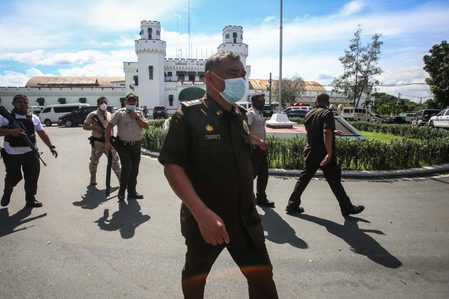
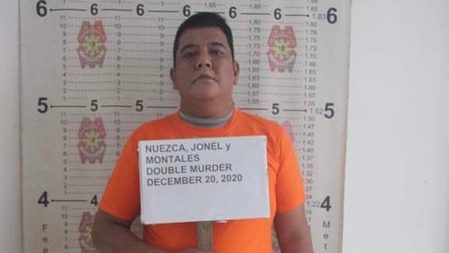
![[Newspoint] Improbable vote](https://www.rappler.com/tachyon/2023/03/Newspoint-improbable-vote-March-24-2023.jpg?resize=257%2C257&crop=339px%2C0px%2C720px%2C720px)
![[Newspoint] 19 million reasons](https://www.rappler.com/tachyon/2022/12/Newspoint-19-million-reasons-December-31-2022.jpg?resize=257%2C257&crop=181px%2C0px%2C900px%2C900px)
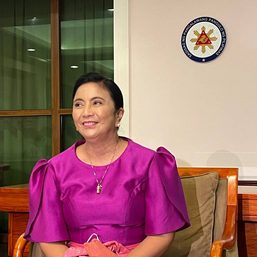
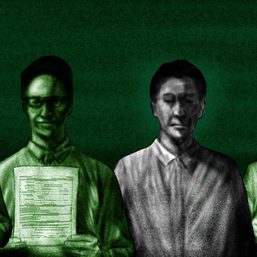
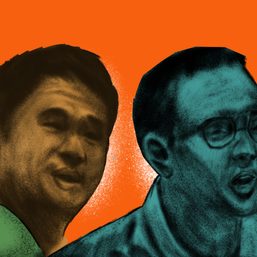
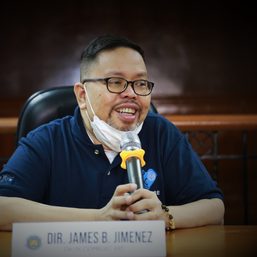

![[New School] Tama na kayo](https://www.rappler.com/tachyon/2024/02/new-school-tama-na-kayo-feb-6-2024.jpg?resize=257%2C257&crop=290px%2C0px%2C720px%2C720px)
![[Only IN Hollywood] After a thousand cuts, and so it begins for Ramona Diaz and Maria Ressa](https://www.rappler.com/tachyon/2024/02/Leni-18.jpg?resize=257%2C257&crop=262px%2C0px%2C720px%2C720px)

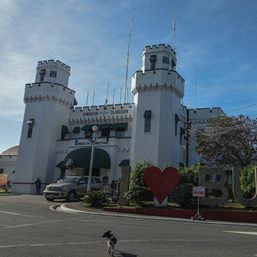
![[Rappler Investigates] The guns of Apollo Quiboloy](https://www.rappler.com/tachyon/2024/04/quibs-guns-carousel.jpg?resize=257%2C257&crop=412px%2C0px%2C1280px%2C1280px)
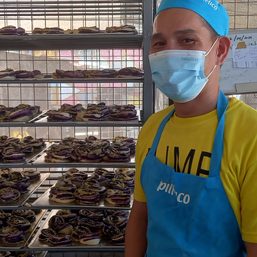
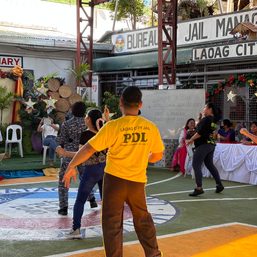
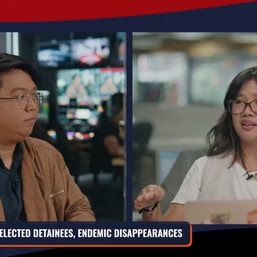
There are no comments yet. Add your comment to start the conversation.